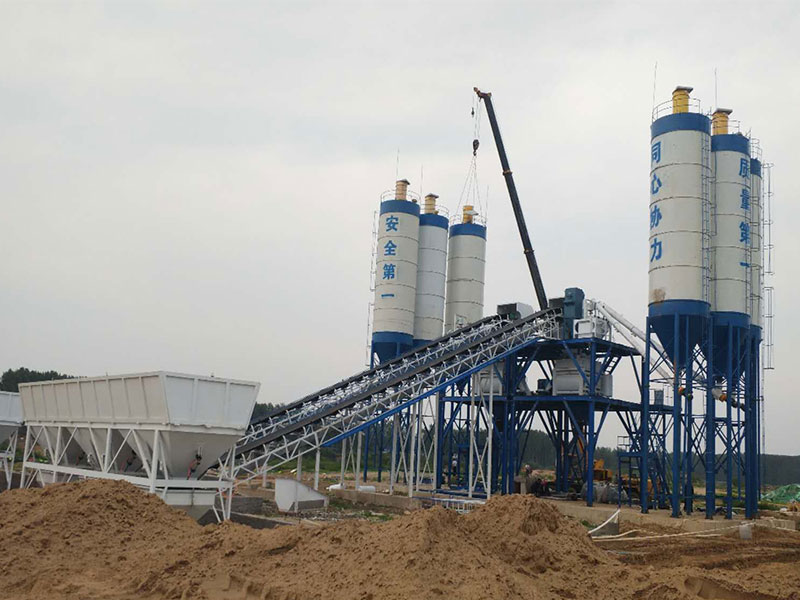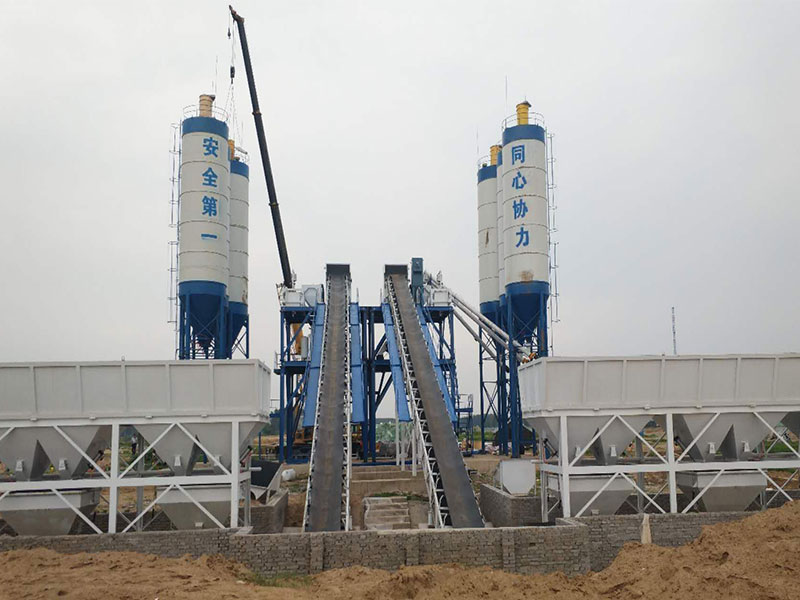Concrete batching plants play a vital role in the construction industry by producing concrete, a fundamental material used in various construction projects. To ensure optimal productivity and resource management, it’s essential to carefully consider and manage the worker quantity required for operating a concrete batching plant. In this article, we will discuss key strategies to effectively shut down the worker quantity while maintaining efficient plant operations.
Workload Analysis and Scheduling:
Before determining the optimal worker quantity, it’s crucial to conduct a thorough workload analysis. Understand the daily production requirements according to the kapasitas batching plant beton, the number of batches to be processed, and the estimated time for each batch. Based on this analysis, create a detailed production schedule that outlines the timing and tasks associated with each stage of the batching process.

Automation and Technology Integration:
The modernization of concrete batching plants through automation and technology integration can significantly reduce the need for manual labor. Implement automated batching systems, conveyor belts, and robotic arms to handle tasks such as material mixing, batching, and transporting. This allows workers to focus on overseeing the process, monitoring equipment, and addressing any issues that may arise.
Cross-Training and Multifunctional Teams:
Instead of having a large number of specialized workers, consider cross-training employees to perform multiple tasks within the batching plant. This flexibility allows for better resource allocation and ensures that operations can continue smoothly even if some workers are unavailable. Cross-trained workers can rotate roles, preventing bottlenecks and optimizing overall plant performance.
Remote Monitoring and Control:
Implement remote monitoring and control systems that enable jual batching plant managers to oversee operations from a centralized location. With real-time data and insights, decisions can be made promptly to adjust production rates, address inefficiencies, and allocate resources effectively. Remote monitoring also reduces the need for constant on-site supervision, allowing a smaller workforce to manage the plant.

Maintenance and Preventive Measures:
Regular maintenance is essential to prevent equipment breakdowns and ensure consistent plant operations. Create a comprehensive maintenance schedule that includes routine inspections, servicing, and repairs. By adhering to preventive measures, you can minimize unexpected downtime and reduce the number of workers needed for emergency repairs.
Optimized Workflow Design:
Design the layout of the batching plant with a good harga batching plant mini for maximum efficiency. Minimize the distance between different process stages, such as material storage, mixing, and loading. A well-designed layout reduces the time and effort required for material handling and transportation, allowing a smaller workforce to manage the plant effectively.
Data-Driven Decision Making:
Utilize data analytics and performance metrics to make informed decisions about worker quantity and plant operations. Monitor key performance indicators (KPIs) such as production rate, material usage, and energy consumption. By analyzing trends and patterns, you can make adjustments to optimize worker allocation and streamline processes.
Conclusion
Efficient operation of a concrete batching plant requires a strategic approach to managing worker quantity. By conducting thorough workload analysis, embracing automation and technology, cross-training employees, implementing remote monitoring, prioritizing maintenance, optimizing workflow design, shutting down the harga batching plant portable, and making data-driven decisions, you can effectively shut down excess worker quantity while maintaining high productivity and quality in your plant operations. This not only enhances your operational efficiency but also contributes to cost savings and sustainable resource management in the construction industry.

